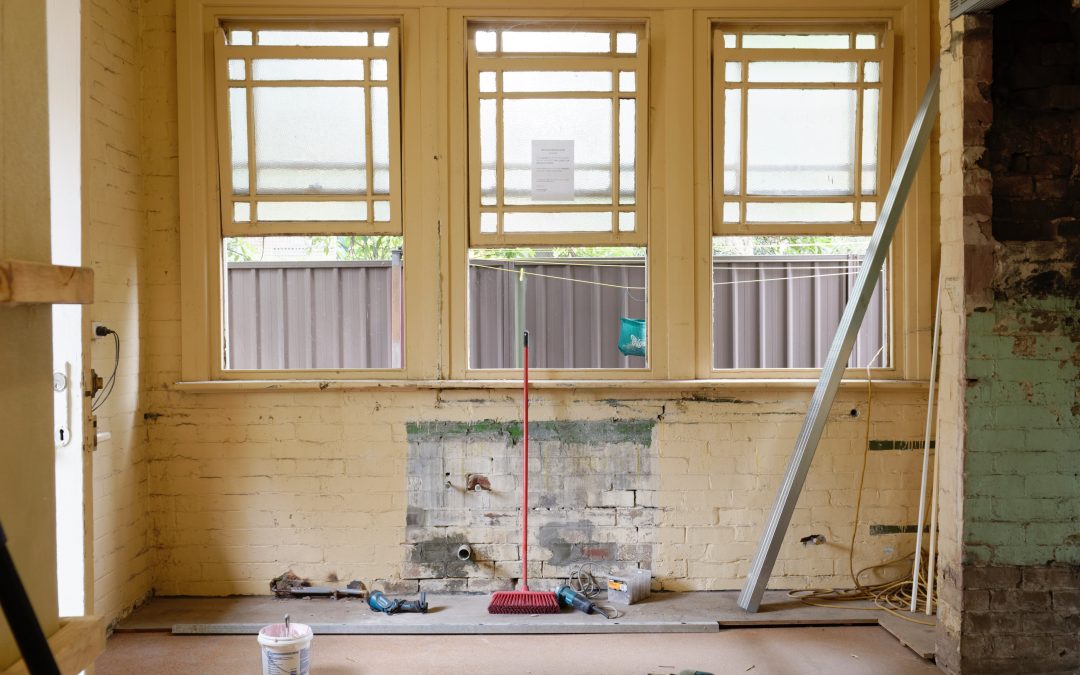So you’ve just bought your dream home… well almost. You’ve bought the house that you are going to turn into your dream home. There are so many ways to transform old houses into a place that feels like home, and amongst all the ups and downs of making that a reality is one particularly tricky little fella. Yep, you guessed it.
This nasty material can show up anywhere in houses built before the 1990’s. Here are a few handy tips and things to look out for when turning that old shack into your favourite place to be.
Upcycling
Upcycling has been exploding all around the country and the globe. The idea is not just to recycle i.e. re-using old materials, but actually to reuse those old materials to add value and quality. From turning old pallets into coffee tables, to turning old jars into candle holders. Upcycling can be simply decorative, but there are more and more stories of people upcycling to build whole houses. Of course, asbestos is not something you can re-use, and needs to be disposed of properly.
In the case of upcycling your old home you may not encounter asbestos often (more on where you might find and how to identify asbestos here: https://aboutthehouse.net.au/identify-asbestos-in-your-home/ and here: https://aboutthehouse.net.au/asbestos-in-your-home/ as you probably aren’t tearing down walls and roofs. If you do it will likely be in small amounts. While it’s useful to know that legally you can remove up to 10 square metres of asbestos by yourself. If it’s more than 10m2 you are legally required to get professionals in to do the job.
Renovating
So you’ve decided that your home needs a little bit more love than just decoration, and that love requires some destruction. Open plan living is becoming more and more popular, and it doesn’t take a genius to realise why. A sense of openness and spaciousness in a house gives one the sense that breathing is easy, while the eyes can roam easily in an uncluttered freedom; relaxing and resting becomes an almost involuntary response. However, knocking down those walls – particularly structural walls – is a perfect breeding ground for asbestos to spread. Here, removal of asbestos by yourself is simply not an option. Getting professional asbestos removalists in is not only mandatory by law, but should give you the peace of mind that when you’re breathing in the new found spaciousness in your home, you’re not also breathing in anything toxic, your asbestos removalists will ensure that there are no stray fibres of asbestos left to cause damage.
Extensions
Maybe knocking down walls to create more space is not enough, and you decide an extension is necessary. What are your options now asbestos is illegal?
You could go down the upcycling route, and take it a step further than decoration. There are endless ways you can upcycle to create new spaces, from using old shipping containers as the basis for your structure, to using recycled aluminium cans for your roof. There is no limit to what you can do with upcycling, and aside from using less energy and helping the environment, the savings can be incredible, that is, if you’re willing to put in the effort!
If upcycling isn’t your thing, you may be curious to know what is used now asbestos cannot be. There are several replacements, based on the original usage:
Amorphous silica fabrics – though not usually used for residential purposes as it doesn’t contain fibreglass, this material does not burn, rot or grow mildew so are useful for more extreme industries such as shipyard or aerospace.
Cellulose Fibre – one of the most commonly used alternatives to asbestos. Made up of shredded newsprint and is a great environmental option as it is made of up to 85% recycled material! This is one of the primary ingredients in modern day fibre cement.
Polyurethane Foam – a spray material used mostly in roofing materials. Similar to polystyrene, the bubbles trapped inside make it a poor heat conductor providing excellent thermal resistance.
Flour Fillers – another fantastic option for the environment, but don’t make a chocolate cake with them. These are crack and crevice fillers and extenders to help with insulation, and made of all natural materials.
Thermoset Plastic Flour – the most versatile replacement for asbestos, used for a wide range of products from electrical insulation to auto parts. It’s made by heating a liquid of powder so it can be molded to whatever shape you require.
Always remember to take extreme care and wear full protective equipment if you do decide to remove asbestos yourself. Better yet – call About The House and don’t risk it. It is wise to consult a professional if you have any doubt about what you are doing.
